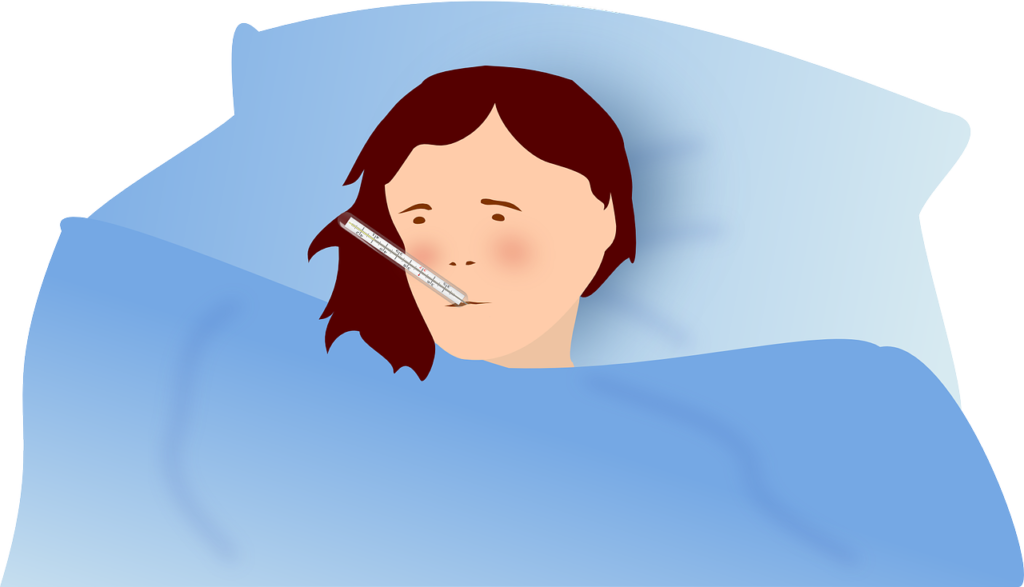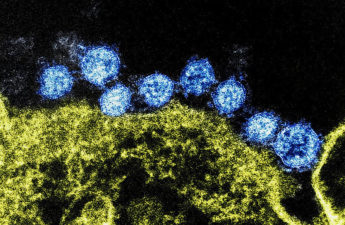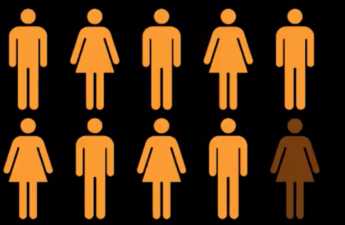
Public Health — Seattle & King County’s Public Health Insider
CDC and the Washington State Department of Health recently announced updated guidance for staying home and away from others when sick with any common respiratory illness, including influenza (flu), COVID-19, and respiratory syncytial virus (RSV). The updated guidance is using the same recommendations for these common respiratory illnesses in the community to make it easier for people to follow.
We sat down with Dr. Eric Chow, Chief of Communicable Disease at Public Health – Seattle & King County to get the latest update and hear what our community can do to continue to prevent illness and what parents, schools, and our community should know.
What should we know about the new CDC guidance?
First, let me start with what hasn’t changed. To reduce the risk of getting these viruses and spreading them to others, everyone should:
– Get recommended vaccinations
– Wear a high-quality, well-fitting mask in crowded indoor spaces
– Improve indoor ventilation by using fans, air filters, and opening windows.

If you start to feel ill with symptoms such as fever, cough, and aches, that’s the time to stay home and away from others – that hasn’t changed either. This is the same guidance for any of these viruses because these germs spread in similar ways.
The main change is the recommendation for when you can leave the home and be around other people after you have been sick with a respiratory illness.
Here’s what’s new:
When you are sick, stay home and away from other people (including minimizing close contact with those in your home who are not sick) until:
- You don’t have a fever (and you are no longer using medications for fever like Tylenol) for at least 24 hours, AND
- Your symptoms have improved for at least 24 hours.
When you go back to normal activities, take extra precautions including wearing a well-fitting, high-quality mask and physical distancing for five days when you will be around other people indoors. Wash your hands often and clean regularly. Individuals, businesses and workplaces should take steps towards cleaner air.
If you develop a fever or have symptoms that are worse after returning to your normal activities, you should stay home and away from other people again until:
- You don’t have a fever for at least 24 hours, AND
- Your symptoms have improved for at least 24 hours.
What does it mean that symptoms are improving? What would you tell your patients about when it’s ok to return to their routine?
Symptoms may be different for each person, but let’s talk about a few of the most common ones such as a cough, sore throat, runny nose and achiness. Improving symptoms means you should be able to do your normal activities like you did before your illness with fairly good energy. For most people, cough and runny nose should be gone or infrequent.
Has anything changed in the recommendations of how to care for someone who is sick?
The steps for caring for yourself and others at home have not changed. Choose one person in the home to be the main caretaker and make sure the sick person gets plenty of rest. Encourage the sick person to drink liquids, even if they do not feel thirsty. Caregivers should wear a mask and practice good hand washing when providing care. Try to have as much air flow and ventilation in the home as possible. You can improve air flow by opening windows and doors to bring in more outside air.
If you are sick with a respiratory illness and at high risk for severe illness from COVID-19 or flu, talk to your health care provider right away about testing and treatment options. Respiratory illness medications need to be started as soon as possible after your symptoms start.
If I feel better, but I’m going to be around people at higher risk for illness, what should I do?
Older adults, people with chronic illnesses including weakened immune systems, pregnant people and young children are still at much higher risk for very serious illness and hospitalization from respiratory illnesses. Consider staying away from people at high-risk for ten days since your symptoms started. If you need to be around someone at high risk, make sure to wear a well-fitting mask when around them.
What’s new for schools and childcares and should they update their practices now?
Yes, starting now, schools and childcares can use the new guidance. Students and staff can return to these settings when it has been at least 24 hours since both fever has resolved (without the use of fever reducing medications like Tylenol) and symptoms have been improving overall. Students and staff who were sick should wear well-fitting masks for 5 days after returning to school and childcare.
We know that masking consistently and correctly is challenging for young children and is not recommended for children under 2 years old. Childcare providers may choose to use additional measures to prevent further spread of illness. This may include a 5-10 day isolation period for all COVID-19 positive children and recommending testing during an outbreak.
Schools and childcares, like businesses, should take steps to improve air flow and ventilation in their buildings which can help reduce the amount of virus in the air. This lowers the risk of people getting exposed to respiratory viruses.
After reading the new guidance, what else do you want people to understand about it?
This guidance applies after you’ve been sick with common respiratory viruses such as flu, COVID-19 or RSV. For example, if my family member has been sick with symptoms like a fever or cough, even if they test negative for COVID, they should stay home and away from others until fever is gone and symptoms improve. When returning to normal activities, they should still mask for five days and practice good hand washing.
The precautions when we return to normal activities reduce the spread of viruses to people around us–our co-workers, our family members, and the people we encounter in our daily lives. These precautions include taking additional steps for cleaner air, hygiene, masks, physical distancing, and/or testing when you will be around other people indoors.
Our businesses and workplaces can also take important steps to reduce the spread of illness. Buildings with good indoor ventilation and filtration protect workers, students, and especially people who are more vulnerable to the serious consequences of respiratory illnesses. That hasn’t changed. Our Public Health website has more information on increasing ventilation and keeping our air healthy.
More information and guidance from Washington State Department of Health.
Originally posted 3/25/2024


